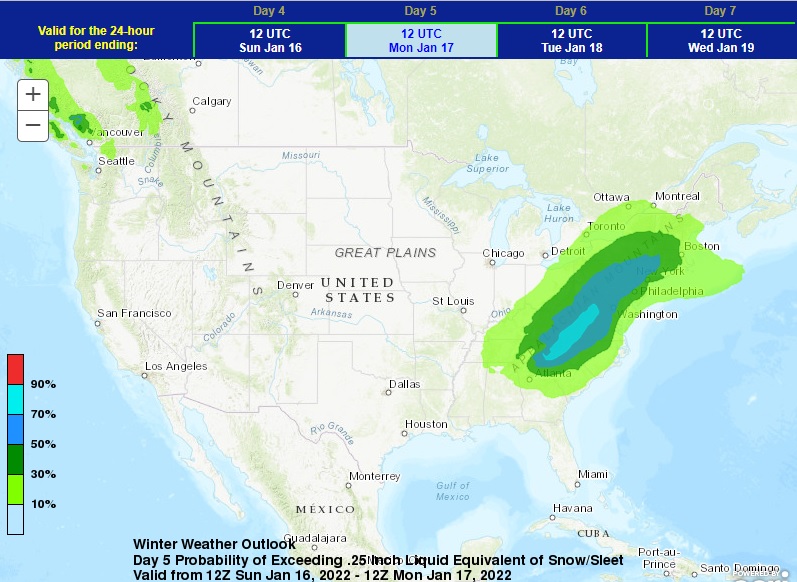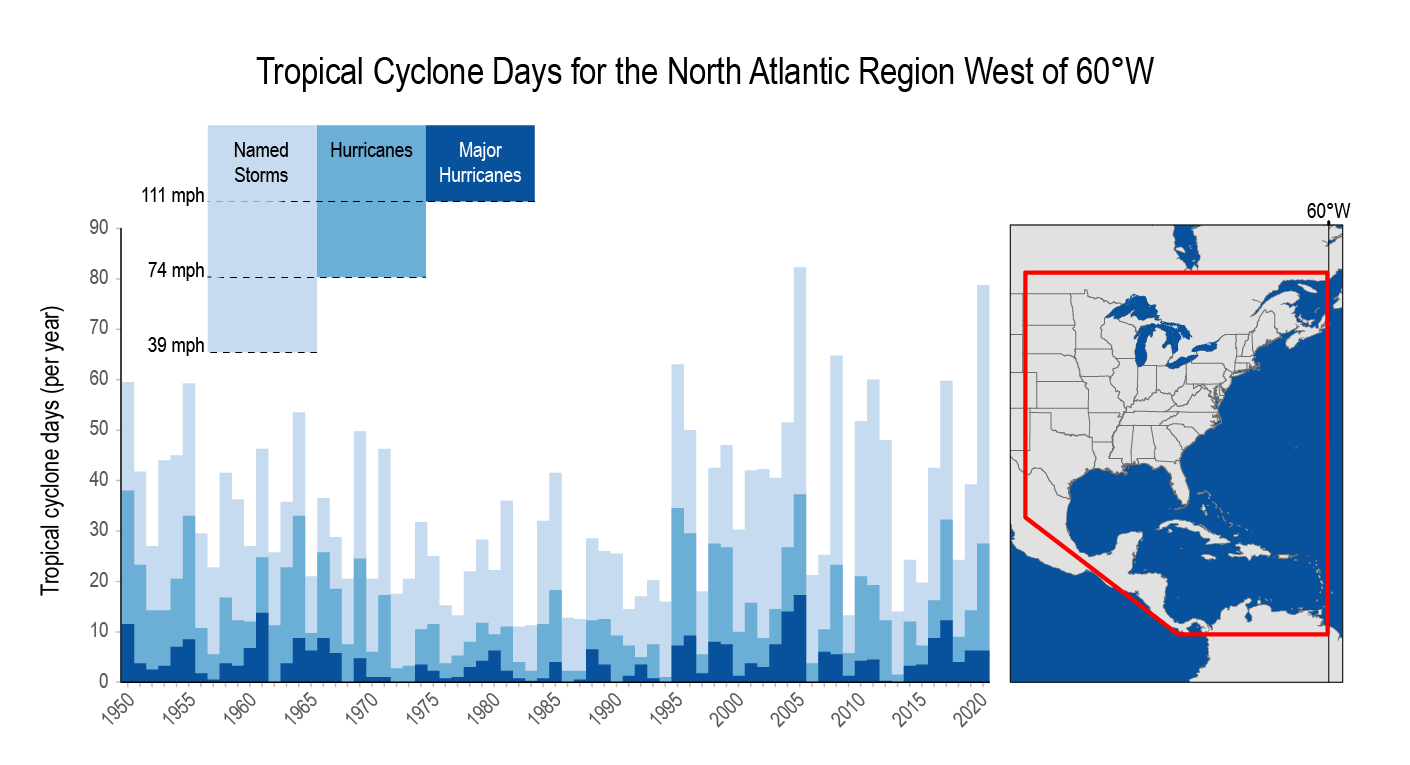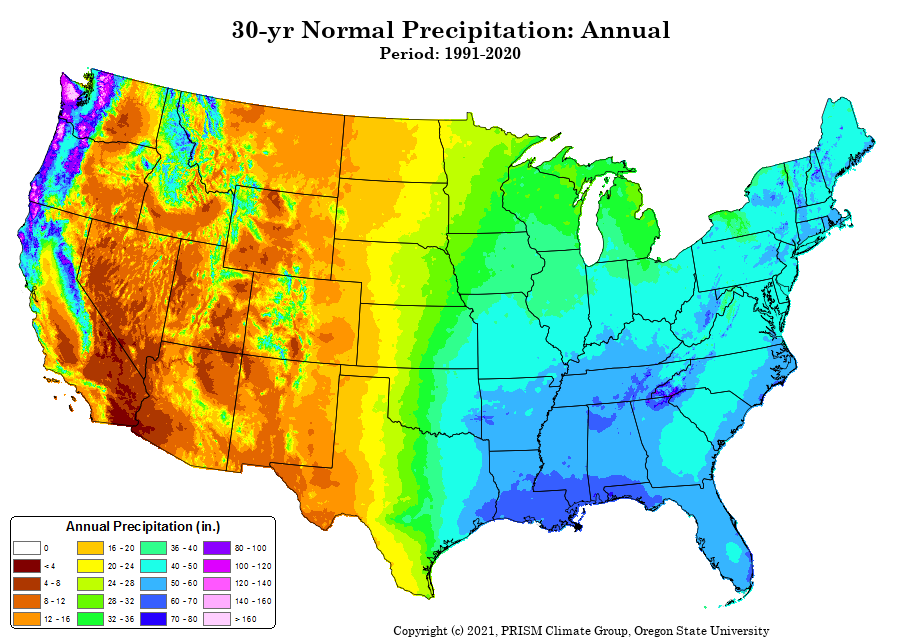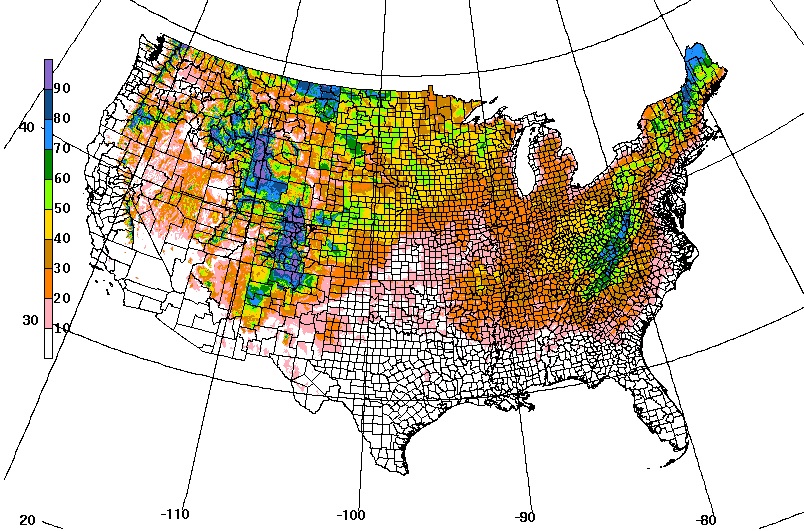Sources of weather and climate data
-

I’ve been tied up with training and grant-writing this week, but have been getting lots of questions about the potential for wintry weather in northern Georgia and adjacent areas this weekend. I will take a more detailed look tomorrow, but thought I would share a couple of related websites that might be helpful. I think…
-

I am a co-author of the U. S. Global Change Research Project’s latest national climate assessment chapter on the Southeast. Some of the things that we look at are indicators of how climate is changing based on variables like temperature, precipitation, and related quantities like growing season length, heat waves, and other factors. If you…
Posted in: Sources of weather and climate data -

Today the National Weather Service office in Peachtree City GA had an online webinar on winter weather. In it, they mentioned a few websites they have for people to use in decision-making that you might find useful. I don’t know if other NWS offices in the region have similar pages, but you may be able…
-

If you use daily climate normals for temperature and precipitation, you can now find the new updated ones for 1991-2020 available in tabular form from Jan Null at https://ggweather.com/normals/daily91.htm.
Posted in: Sources of weather and climate data -

Got this update from the PRISM climate group in Oregon. Maybe it is something that you can use if you do climate studies: We are pleased to announce the release of updated PRISM 1991-2020 gridded normals datasets for the conterminous United States. Elements include precipitation; minimum, maximum, and mean temperature; mean dew point; and minimum…
-

It’s the time of year when I start to get questions about the likelihood of frost in the next week. Fortunately, there is a new online experimental tool available to help producers look ahead to see the likelihood of frost for at least the next six days. It was developed by NOAA’s Weather Prediction Center…
-

The North Carolina State Climate Office has a new map product that allows you to plot maps of trends in temperature and precipitation over selected time periods across North Carolina and the Southeast. The map shows positive and negative trends for individual stations across a time period you choose and tells you if the trend…